In a world where comfort meets performance, compression garments have emerged as a game-changer for athletes and fitness enthusiasts alike. Designed to support the body’s natural mechanics,thes innovative pieces of clothing are more than just a trend; they are a blend of science and style aimed at enhancing circulation and providing muscle support. Weather you’re an elite runner hitting the pavement or a weekend warrior embarking on a new fitness journey, the right compression garment can make a significant difference in your overall performance and recovery. In this article, we delve into the best options available, highlighting their unique features, benefits, and how they can elevate your workout experience.Join us as we explore the transformative power of compression wear, and discover how it can help you unlock your full potential.
Understanding Compression Garments and Their Benefits for Circulation
Compression garments are specially designed apparel that apply gentle pressure to specific areas of the body,particularly the limbs. These garments, which include items such as socks, sleeves, and leggings, work by promoting blood flow and venous return, which can significantly enhance overall circulation. Individuals engaging in intense physical activity or those who spend long hours on their feet often benefit from wearing these supportive garments, as they can help mitigate fatigue and reduce the risk of injury. The ideal compression levels vary, but garments typically provide a snug, supportive fit that encourages optimal blood flow without sacrificing comfort.
One of the most significant benefits of using compression garments is their ability to assist in muscle recovery post-exercise. This is achieved by reducing muscle oscillation during physical activity and minimizing muscle soreness thereafter. In addition to enhancing performance and recovery, many users also report improved proprioception and stability when wearing compression wear. Below are some key advantages:
- Enhanced Blood Circulation: Improves oxygen delivery to muscles.
- Reduced Swelling: Helps manage conditions like edema.
- Injury Prevention: Supports muscle rigidity during activity.
- Faster Recovery: Speeds up recovery time after workouts.

Key Features to Look for in Effective Compression Wear
When selecting compression wear, graduated compression levels are crucial. This means the compression is strongest at the extremities and gradually decreases towards the core, enhancing blood flow and reducing muscle fatigue. Look for garments that offer varied compression zones tailored to specific activities, such as running, cycling, or recovery. Additionally, consider the material composition; breathable, moisture-wicking fabrics will keep you cozy during workouts, preventing overheating and moisture buildup.
Another important aspect is the fit and flexibility of the garment. Effective compression wear should snugly fit without restricting movement, allowing for full range during various activities.Check for features like seamless designs to minimize chafing and irritation, and ensure the garment provides sufficient elasticity to move with your body. Lastly, take note of the care instructions; high-quality compression wear should be durable enough to withstand multiple washes while maintaining its compression properties, ensuring long-lasting support and comfort.

Top Recommendations for Optimal Muscle Support and Recovery
When it comes to maximizing muscle support and facilitating recovery, compression garments play a pivotal role. They are designed to apply a certain amount of pressure to specific areas, leading to improved blood circulation and reduced muscle vibration during physical activities. Here are some key factors to consider when selecting the right compression garments:
- Fabric Quality: Look for moisture-wicking and breathable materials that offer durability and comfort.
- Compression Level: Choose garments with appropriate compression levels (measured in mmHg) depending on your specific needs—ranging from mild to firm.
- Fit and Style: Ensure the fit is snug but not restrictive. Available styles include sleeves, leggings, shorts, and tops.
- Usage Purpose: Determine whether you’ll use the garment for athletic performance, recovery after exercise, or general support throughout the day.
To help you make an informed choice, here’s a quick comparison of popular compression garments:
| Garment Type | Compression Level | Best For |
|---|---|---|
| Compression Sleeves | Moderate | Running and cycling |
| Full Compression Tights | Firm | Weightlifting and recovery |
| Calf Compression Sleeves | Mild | post-exercise support |
| Compression Socks | Varied | Travel and everyday wear |

Tips for Incorporating Compression Garments into Your Fitness Routine
Integrating compression garments into your fitness routine can significantly enhance your performance and recovery.To do so effectively, start by selecting the right type of garment for your activity.Whether you choose compression sleeves,socks,or full tights,each piece serves a unique purpose. Consider the following tips for seamless incorporation:
- Choose the Right Fit: Ensure your compression gear fits snugly without being restrictive. The ideal garment should provide support while allowing for natural movement.
- Start Gradually: If you’re new to compression wear, begin with shorter workouts to allow your body to adjust.
- Layer Smart: Wear compression garments under or over your regular workout clothes depending on the temperature and personal comfort.
- Monitor Your Body: Pay attention to how your body responds during and after exercise; this will help you determine the optimal duration and frequency of wear.
Moreover, consider using a combination of different compression garments to target various muscle groups, enhancing overall circulation and support. Here’s a simple overview of garment types and their benefits:
| Garment type | Key Benefits |
|---|---|
| Compression Socks | Improved blood flow, reduced swelling, and support for lower legs. |
| arm Sleeves | Enhanced circulation in the arms, muscle stabilization, and reduced fatigue. |
| Compression Tights | Support for major muscle groups, improved recovery time, and temperature regulation. |
In Retrospect
investing in the right compression garments can make a significant difference in promoting better circulation and providing essential muscle support. Whether you’re an athlete looking to enhance your performance, recovering from an injury, or simply seeking comfort in your daily activities, the right choice can lead to improved outcomes and enhanced well-being. As you explore the various options available, remember that individual needs may vary, so personal experimentation is key to finding the perfect fit for your lifestyle. With the right garment in your corner, you’ll not only elevate your comfort but also support your body in its journey towards optimal health. Embrace the power of compression and step confidently into a world where every move counts.


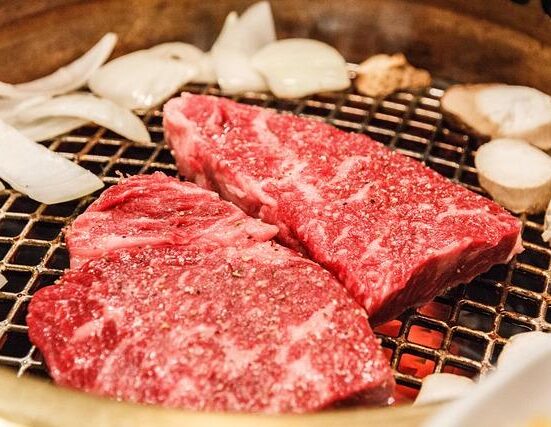


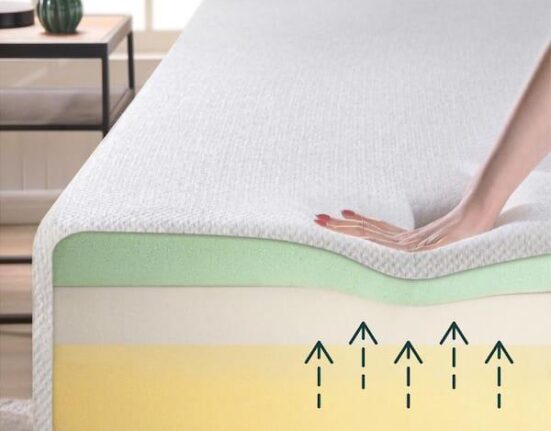



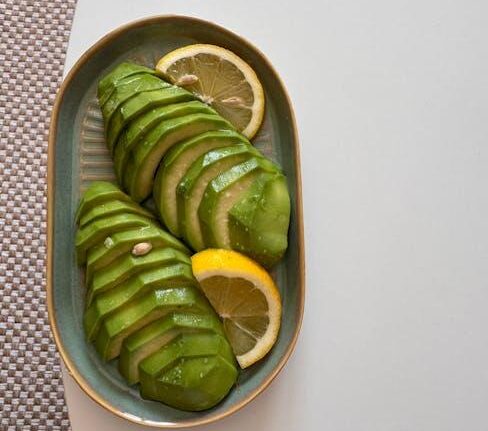
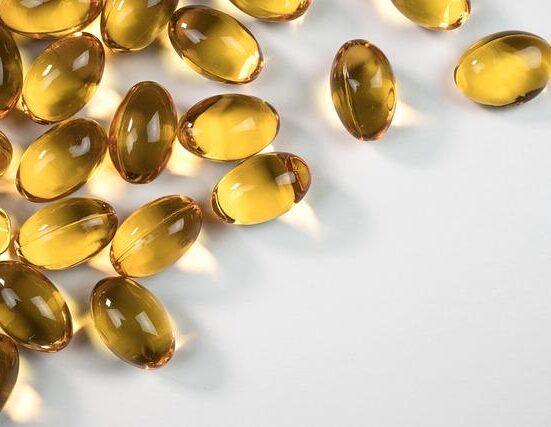
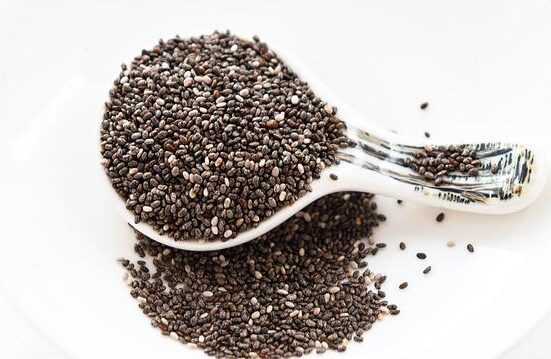
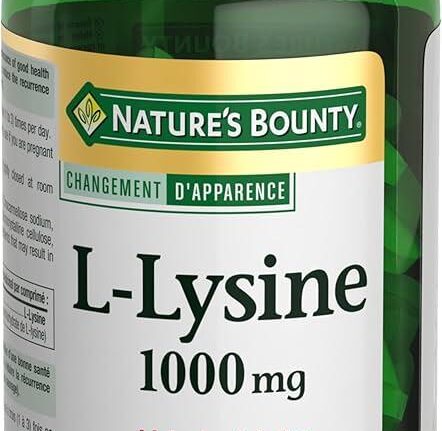
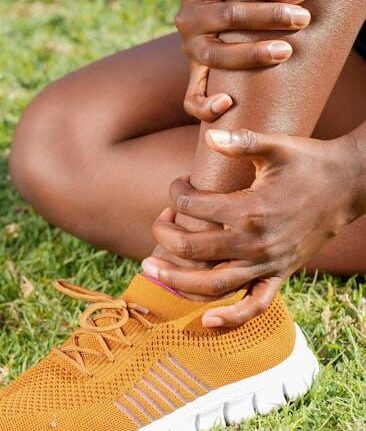
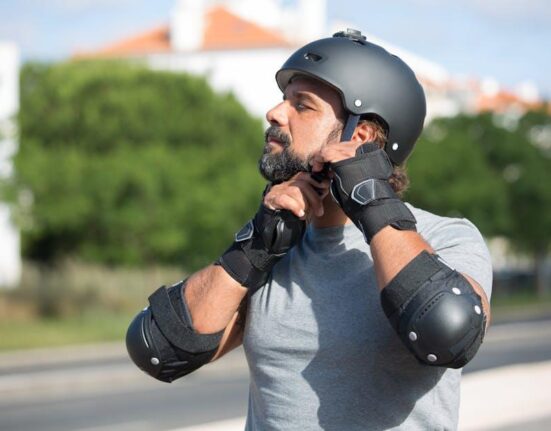
Leave feedback about this